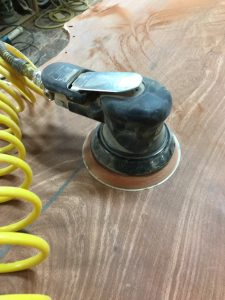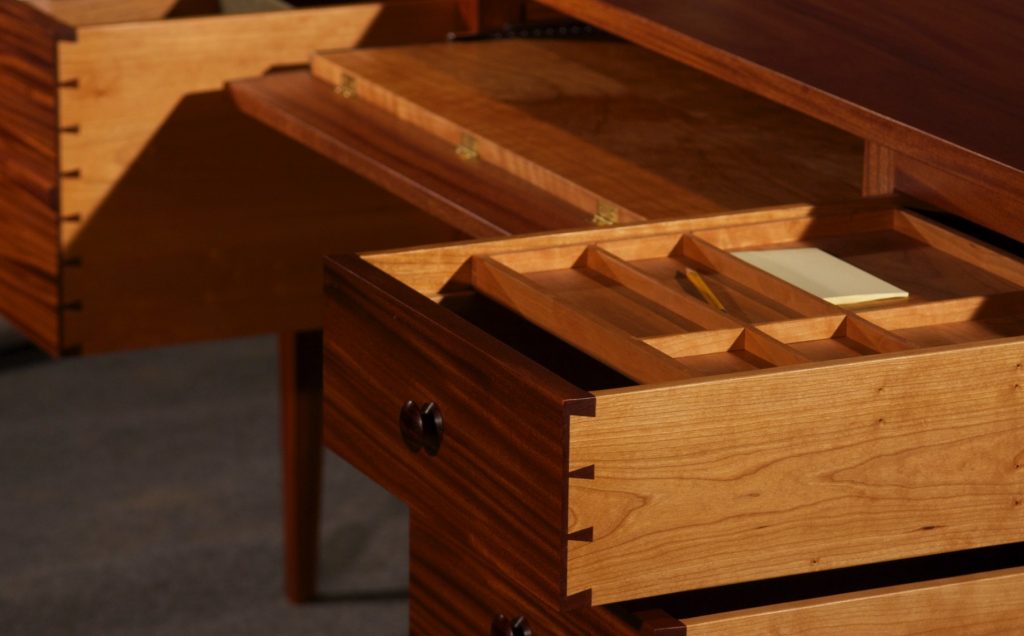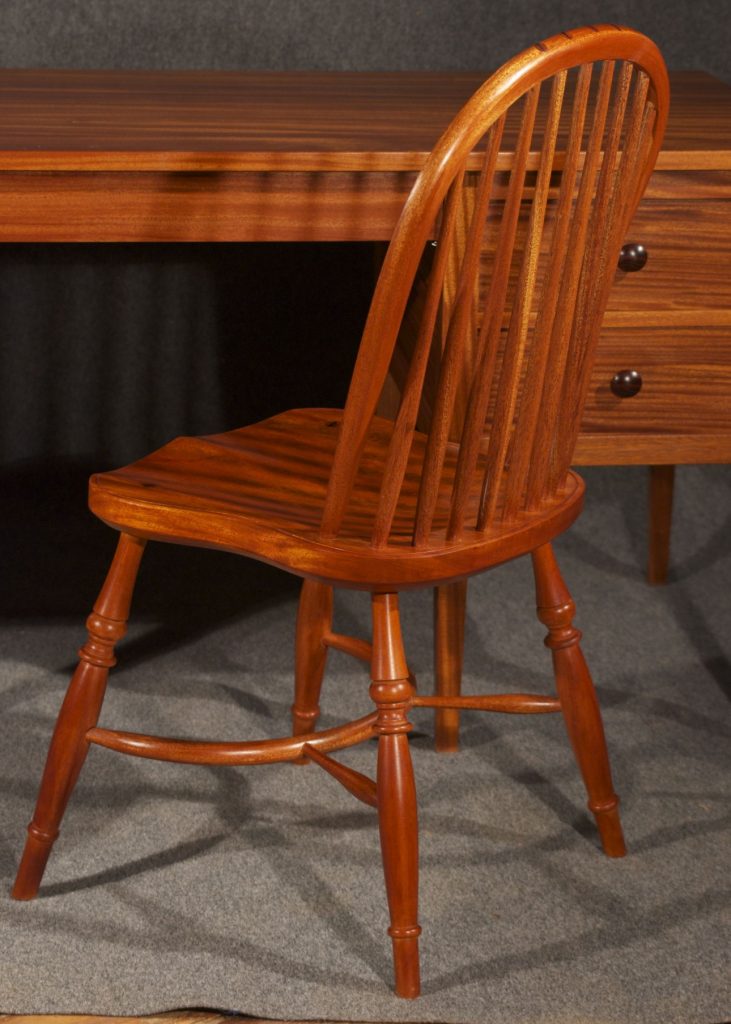It seems to be winter again here for a few days. No, it didn’t snow like this here, but I did take the picture, and I was chilly so I thought it might be fitting. 
I receive a lot of questions on finishing wood, so I thought I’d try to give a few pointers for folks who only wish to finish one or two woodworking projects without buying a whole commercial shop set up for finishing. First and foremost, please be aware that almost all wood finishing involves some chemicals and fumes and the waste can be a fire hazard. Please make sure you are doing it safely and carefully with fresh air and wearing whatever Personal Protective Equipment you need. Oily rags commonly start fires and should be handled with great care.
Tung Oil is One of My Favorite Finishes for Wood
Currently, one of my favorite finishes is tung oil. It just wipes on, dries overnight and doesn’t require a sprayer. My old standby finish was Deft Oil, which was great, but they stopped making it so I have been looking at some other options. Tung oil is almost colorless and won’t darken the wood as much as something with boiled linseed oil in it, but you can always stain it if you need a darker shade. I generally don’t stain—I simply prefer natural wood color and grain patterns. So to get on with the how-to part:
How to Apply Tung Oil
I generally plane or scrape my pieces with card or cabinet scrapers prior to finish sanding. I like to start sanding at 220 grit on the wood if it’s pretty smooth. If there are tool marks or grain tearout, I will back up to 120 grit. An oil finish penetrates the wood fibers and hardens inside the wood so the surface of the wood is still what your fingers feel, and however fine you sand at this point will determine how nice your finish will be. Once finished with 220, I like to go again over the surface with 320 grit and then blow off the dust well. If there seems to be dust stuck on, I will wipe it with a clean dry rag. I don’t really worry about a little fine dust because the finish will be wiped off again anyway.
Most often, I do my sanding with a Random Orbital (RO) sander. They are fast, light-weight and do a nice job. Their main down-side is that they create a lot of ultra-fine dust. The electric ones work fine as well as the air powered ones, Velcro back or adhesive back all seem to work fine. I personally use an air powered RO by Dynabrade. It’s easy to use but requires a large compressor to operate it.) I also outfitted it with a coil hose so that the hose stays out of the way. When I sand, I set up a work surface right in front of a nice (powerful) exhaust fan. The dust largely blows right away and I wear a standard dust mask for what’s left floating.
Applying the First Coat
On the first coat of oil (while wearing gloves) I like to soak the wood well with the Tung Oil and let it set for about 10-15 min. Most of it will soak in, and then I wipe it all off nearly dry. This is where most folks go wrong with it, they don’t wipe it dry enough and any thick spots won’t dry right. This first coat needs to dry for at least two days, and a week is better. The rags must be disposed of carefully in view of their ability to spontaneously ignite and cause a fire.
After the finish is dry, I sand lightly by hand with 320 grit sandpaper. By “lightly” I mean light and quick, take about 3 minutes to hand sand over a whole chair or nightstand. You do not want to cut through the finish back to bare wood.
Applying the Second Coat and Additional Coats
Now you can re-oil just like the first coat. Again beware of your rags, spontaneous combustion is not normally explosive, it just happens after you leave the shop in most cases.
Let the piece dry again overnight before re-coating. I have seen folks do multiple coats in one day and, while I appreciate their effort, it really dissolves the previous coats and thus takes longer than just letting it dry. I would expect a good oil finish to take two weeks to properly build up. I know that sounds like time and it is, but there aren’t many finishes that take so little equipment to apply and feel so nice to touch.
If you want more of a satin sheen, then when you have done 4-5 coats and it’s nice and shiny, you can rub down the gloss with a bit of steel wool (#0000) and then polish with a cotton rag. One point on steel wool is that if the oil is sticky at all in the corners, nooks and crannies, the metal wool fragments and bits will stick in there and are difficult to get out. Please don’t ask how I know that. One of my students told me that ” Experience is something you have just AFTER you needed it”.
Here are some shots of a desk drawer and a chair that one of our guys did with a nice oil finish.
I hope this is helpful to you all, and I will be trying to do some more of these coming soon.
Happy finishing! Mark Borman



Thanks for the posts, Mark. Love the tung oil finish. Do you have a preferred brand/supplier? I really like the Windsor chair. Is it solid oak? seat, legs and spindles? It seems like it would need to be it applying a clear finish.
Also enjoying your updates on the mesquite table. Wow! I remember the round one that Frank built a few years ago, and I thought that was a huge undertaking, but this thing is really something. I’m going to drive up from Austin one day to see it, I hope.
Enjoy a 3 day “winter spell” and stay warm.
Dave Dalton
Thank you Dave, I have been using Minwax brand Tung Oil. I am not too picky about the brand though, I have used several different ones. The Windsor chair is Oak with Maple legs and Basswood seat. It has been a bit nippy the last couple days but we are thawing out fine. At this point I’m hoping to get the table finished by the end of March.